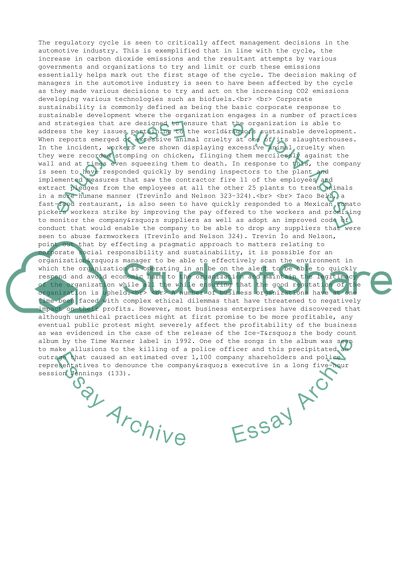Cite this document
( StudentShare, n.d.)
StudentShare. Retrieved from https://studentshare.org/management/1490603-midterm-for-business-law-ethics
StudentShare. Retrieved from https://studentshare.org/management/1490603-midterm-for-business-law-ethics
( StudentShare)
StudentShare. https://studentshare.org/management/1490603-midterm-for-business-law-ethics.
StudentShare. https://studentshare.org/management/1490603-midterm-for-business-law-ethics.
“ StudentShare”, n.d. https://studentshare.org/management/1490603-midterm-for-business-law-ethics.


